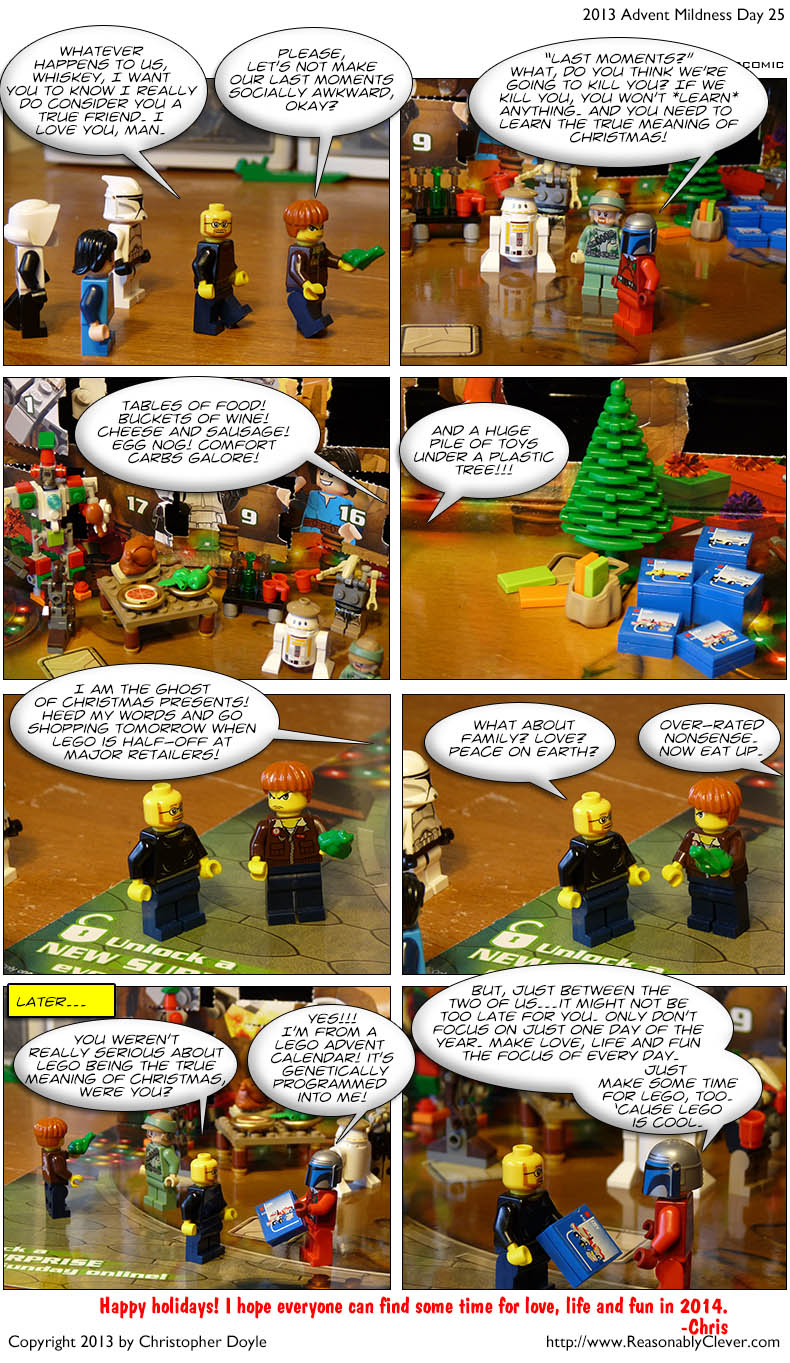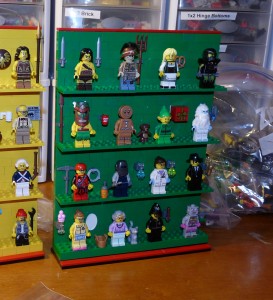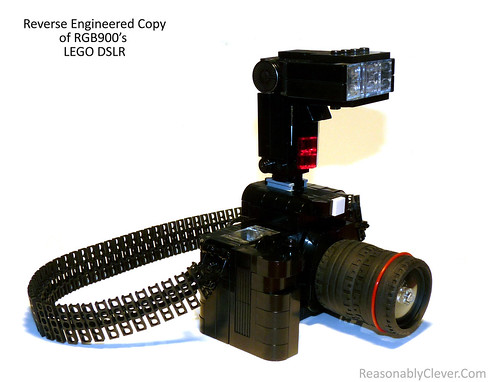So here’s something new for Reasonably Clever – a book review. I’ve been wanting to get back into writing reviews, and when the publishers of The BrickGun Book offered me a review copy I thought it would be a good place to start.
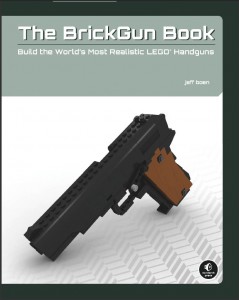 You can build a lot of things with LEGO. There are those who specialize in castles, those who design space craft, and even crazypants people who make lenticular mosaics out of cheese slopes. If you look around enough, there’s sure to be someone out there building things that you like.
You can build a lot of things with LEGO. There are those who specialize in castles, those who design space craft, and even crazypants people who make lenticular mosaics out of cheese slopes. If you look around enough, there’s sure to be someone out there building things that you like.
What if you like guns?
Well, my friend, I have a book you might want to read.
Jeff Boen’s The BrickGun Book showcases five brick-built handguns that very closely replicate the look and features of the real thing. While I’m not a gun person myself, I can still appreciate the quality of the builds, the attention to detail, and the clever mechanics that go into each model.
There isn’t a lot of reading to be done – the text portion of the book clocks in at eight pages. (And there are a lot of pictures on those eight pages.) Jeff offers some helpful advice on how to best build his models, and then covers his history of developing LEGO replicas of firearms.
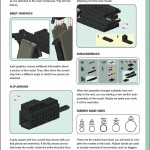
The rest of the book is filled with instructions: step-by-step, illustrated guides to assembling your own copies of Jeff’s creations. He’s arranged things so the easier models are first, allowing a novice builder to get comfortable with Jeff’s construction style before starting in on the really complex builds.
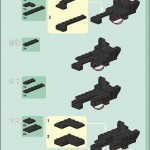
While a quick glance at the instructions shows them to be pretty easy to follow, I thought it would be best if I were to actually try them out. I decided to jump into the deep end of the pool and start with his most complex creation, the 1911.
I’ll skip the part where I whine about not being able to find all the parts I needed in my collection in the right colors, and just talk about the build.
The construction style is very sturdy – these models are designed to be handled. The instructions were clear and easy to follow. The only minor quibble I have is that the “you need these parts for this step” area doesn’t identify the part by name as well as picture. This was a bit of a headache when you’re trying to eyeball if it’s a 1×8 tile you need or a 1×6. Not that LEGO lists part names in their instructions either. It’s just a complaint I have.
The 1911 has some interesting action features – a moving slide, working safety, and working trigger and hammer. The trigger/hammer didn’t function all that well for me, but I think that had more to do with decade-old rubber bands than any design flaw on Jeff’s part.
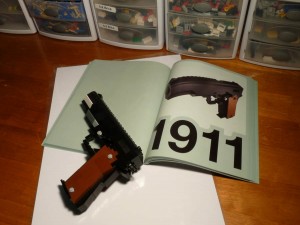
As I mentioned, I’m not a gun person. As such, I can’t really comment on how closely the final model resembles a real 1911. But I can attest that is a super realistic looking gun – when I came upstairs from my workshop to show it to my wife I startled the hell out of her. Apparently she’s not used to me running around the house armed. Go figure.
This is addressed in the book – there’s a full page warning just before the introduction that reads, in part:
“Be particularly careful when handling these models in public because they have been mistaken for real weapons. If you take your LEGO gun out in public, add a bright orange tip to the muzzle to show that it’s not the real thing.“
And that leads to another part of that warning – actually the first text in the book:
“Adult supervision is required. These models are not suitable for children under the age of 12. “
That’s a good thing to keep in mind. The BrickGun Book is not for everyone. But if the intersection of LEGO and firearms appeals to you, or if you’re just a big fan of photo-realistic building like I am, I think you’ll find this book contains some enjoyable projects.
